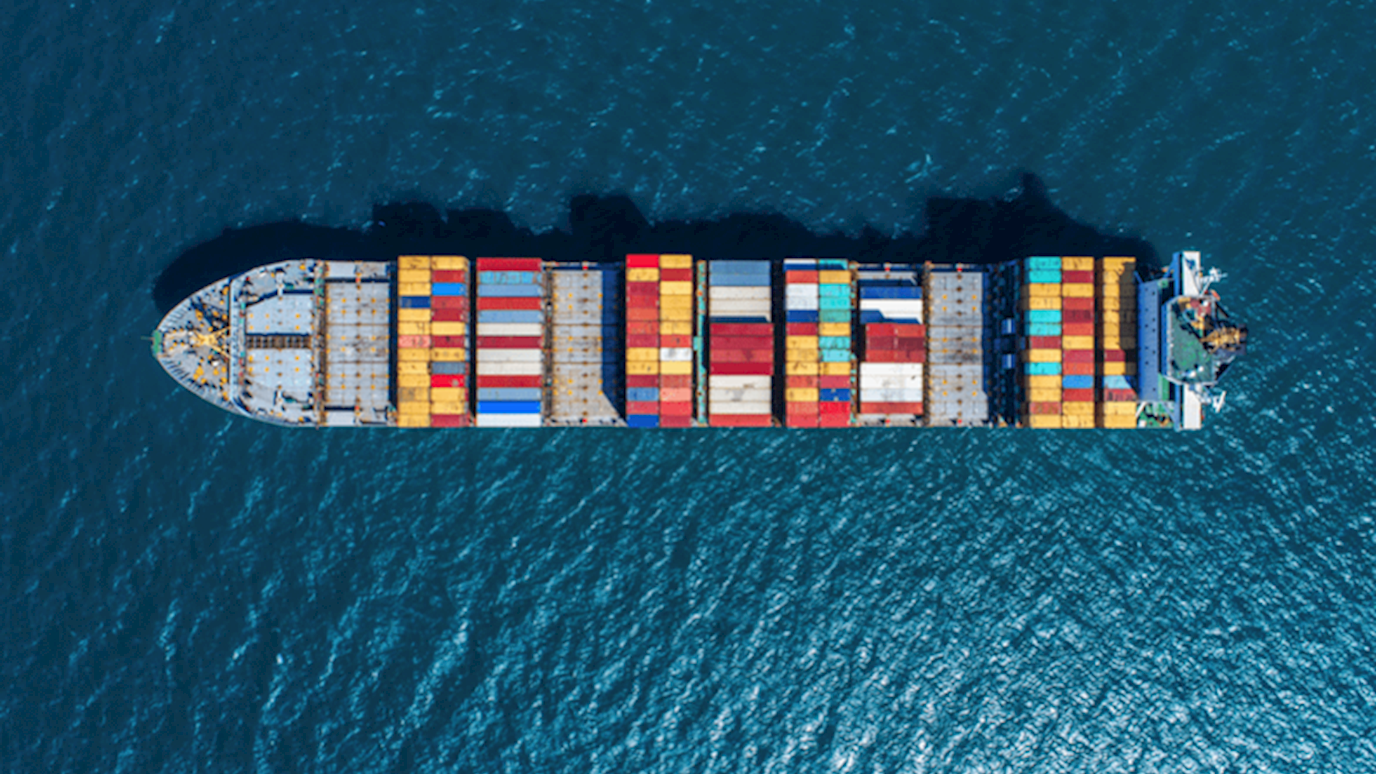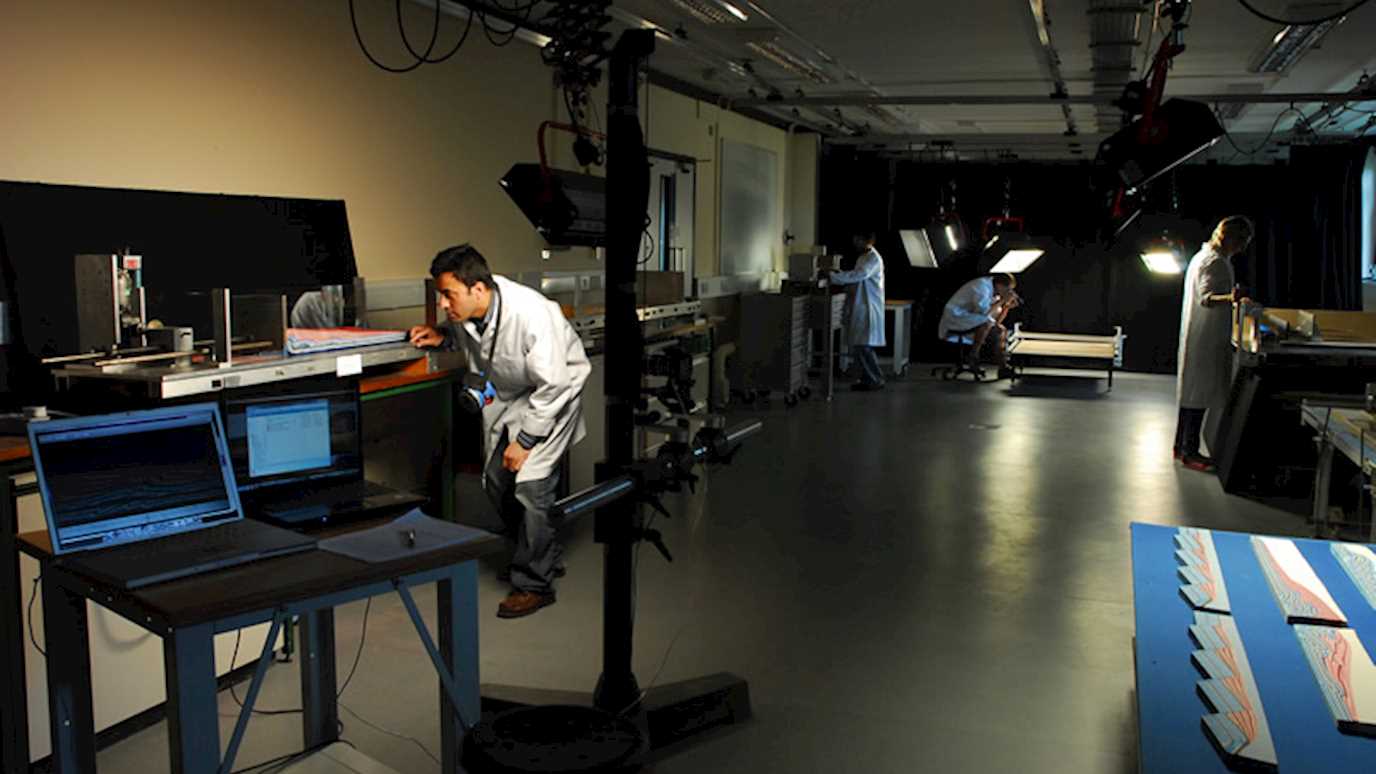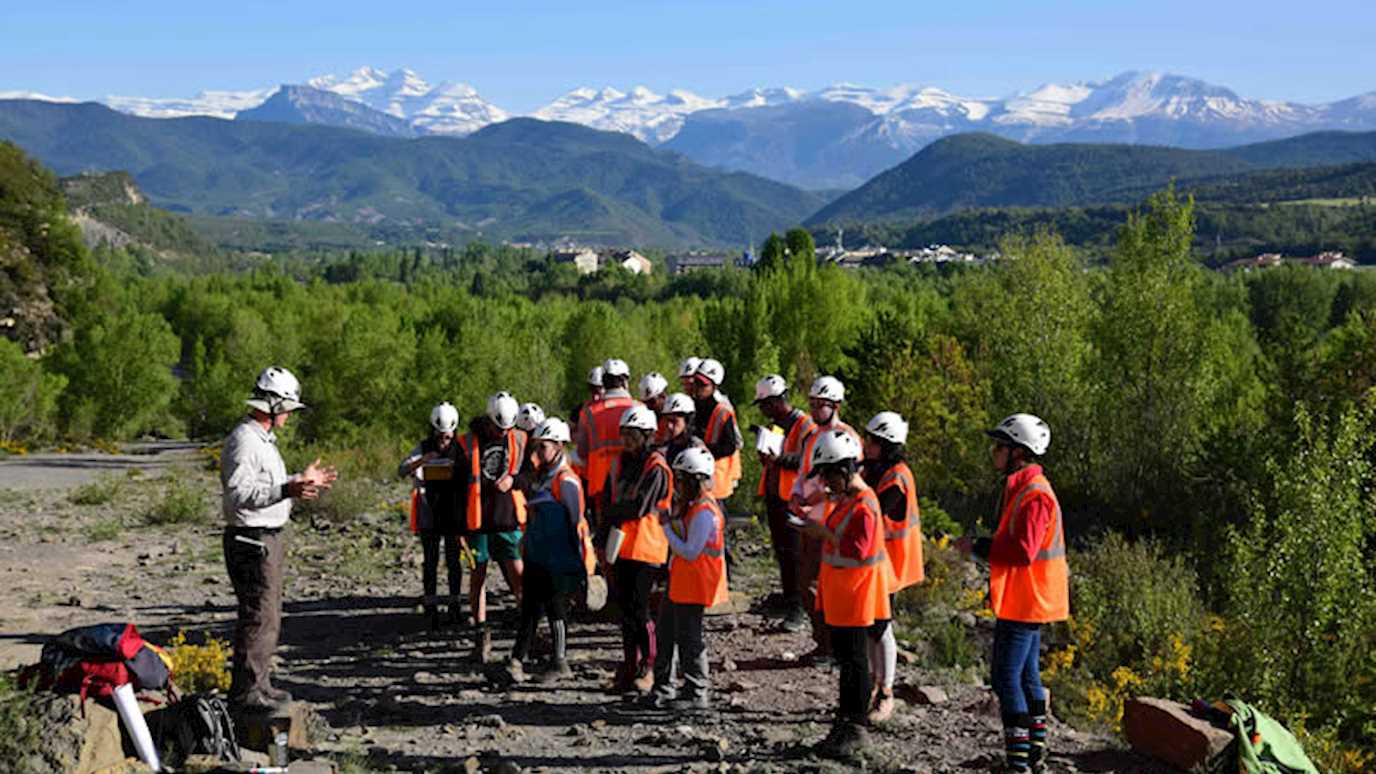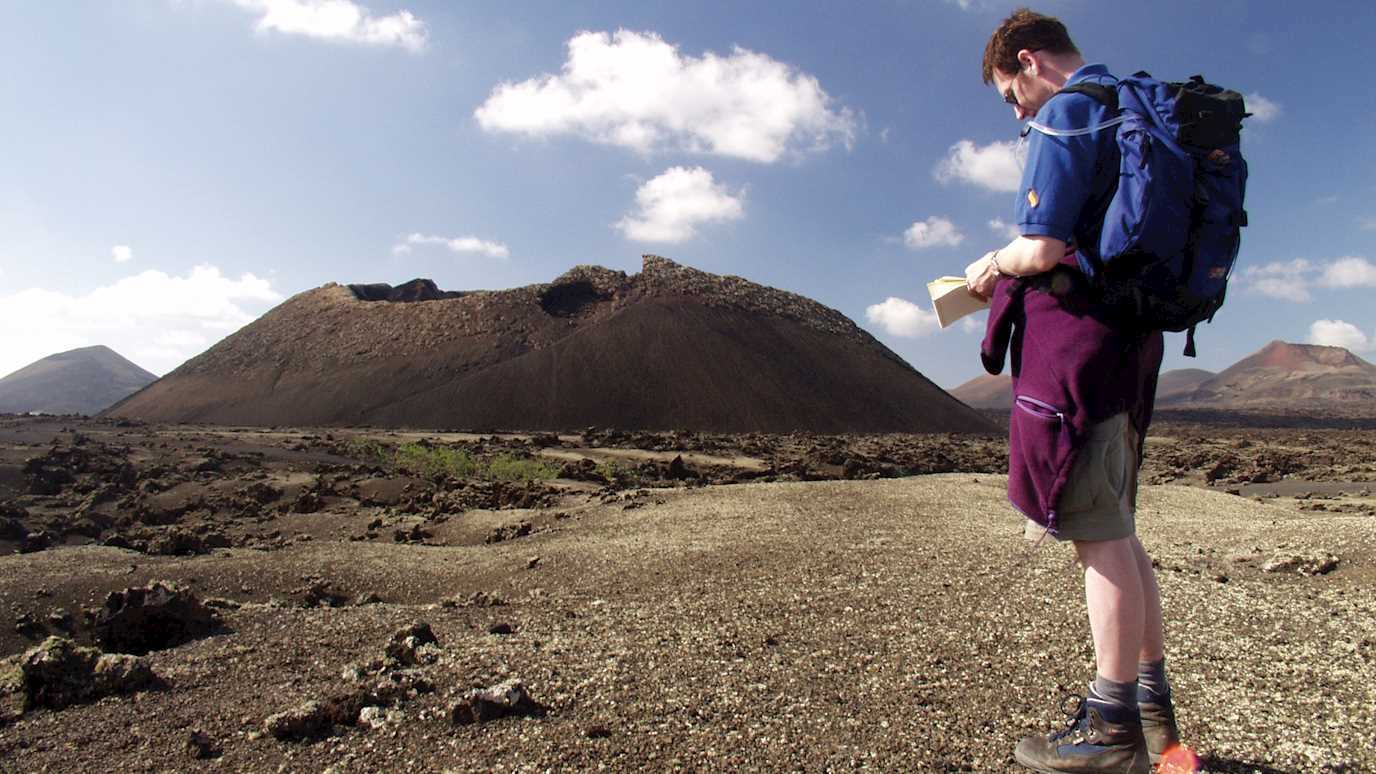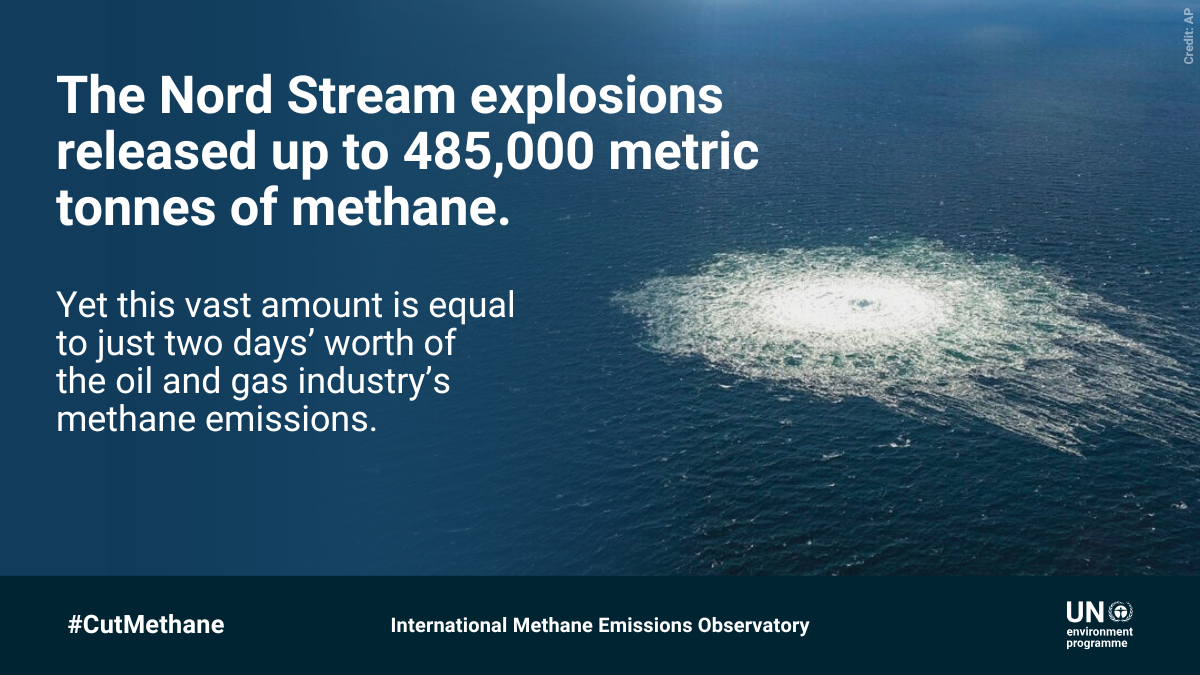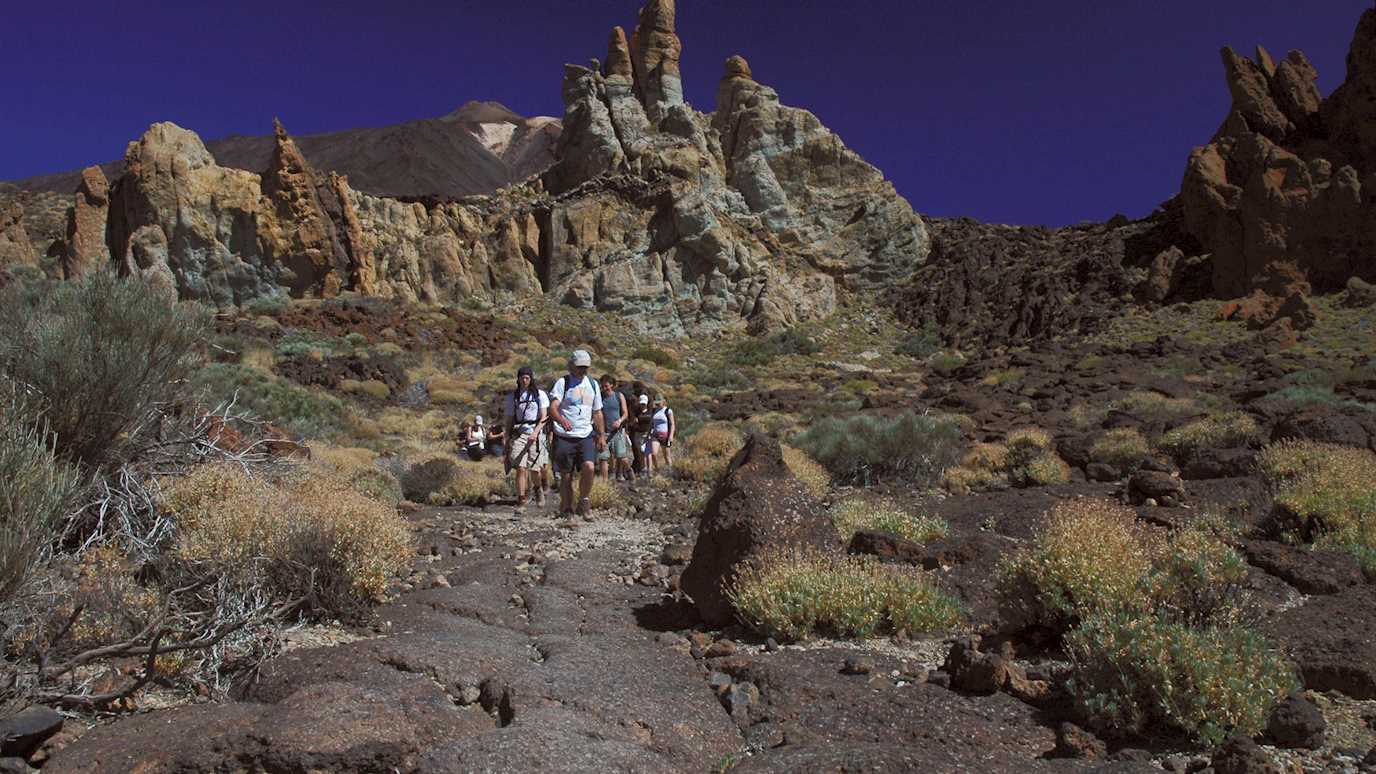A major search and rescue operation was launched by HM Coastguard after a cargo ship, thought to be carrying 15 containers of sodium cyanide, collided with an oil tanker carrying jet fuel for the US military off the coast of northern England last week, involving expert analysis from Royal Holloway.
The tanker, Stena Immaculate, which can carry tens of thousands of tons of jet fuel, was at anchor on March 10 off Humberside when it was struck by the cargo ship Solong, and fires and explosions broke out.
Providing his expertise on the threats of chemical spillages which posed significant environmental risks was Dr Jonathan Paul, Senior Lecturer in Earth Sciences at Royal Holloway. Dr Paul contributed his insight to various national and international media outlets on both chemicals and the potential dangers, and he featured in several press articles analysing the crash impact.
Here are Dr Paul’s comments from the Evening Standard in the aftermath of the crash:
“The most visually obvious liquid in the spill is A-1 aviation fuel, some of which caught fire. This is basically kerosene, a very "light" hydrocarbon, but with additives like de-icer and lubricants.
“The jet fuel would require immediate action first to extinguish the fire — obviously using water does not help. You then need to remove it from the surface of the water.”
"The positive aspect is that kerosene-based fuels like this one are considered 'light,' meaning Dr Paul believes the risk of it washing up onshore and coating nesting birds is lower. However, that doesn't mean there aren't risks to local wildlife.
‘The fuel could move up the food chain,’ said Dr Paul. ‘You can’t simply rely on dilution to remove the fuel; it must be actively cleared from the water.’"
“It can be broken down by certain types of bacteria but, for an immediate effect, the authorities are likely to try to mop it up using polyurethane foam or similar, which absorbs the fuel and expands, much like cat litter. It is then out of the aquatic environment and can be skimmed off the surface relatively easily.”
While sodium cyanide was not on board, aside from the four empty containers with mild traces of the chemical, the impact could have been catastrophic.
Sodium cyanide is a highly toxic chemical compound with the formula NaCN. It appears as a white, water-soluble solid and is primarily used in industries such as mining (for gold extraction), electroplating, and the production of chemicals. Sodium cyanide can release hydrogen cyanide gas when it comes into contact with water, which is extremely toxic to humans and animals.
Due to its potential to release cyanide gas, sodium cyanide poses a significant environmental and health risk, especially if it spills into the environment, as it can contaminate water and harm wildlife.
Dr Paul, who has done a lot of work on other cyanide clean-ups, confirmed that “cyanide spills are more hazardous in enclosed water courses like lakes and canals” due to the fact that “there is no dilution and dispersion from tides and currents you would encounter in the North Sea”.
Nonetheless, another potential risk from the cyanide could have been the possibility of a sodium cyanide plume – something that is now far less likely with the mere traces of the chemical.
Dr Paul explained that the plume would likely remain localised to the spill and could be cleared from the water within 12 to 15 days. However, during that time, the area would remain exposed to the “highly toxic” gas.
Read the full article here:
Dr Paul was also quoted in an article about the clean-up operation in The Chemical Engineer here
And in The Daily Telegraph analysis of the collision and its impact here










